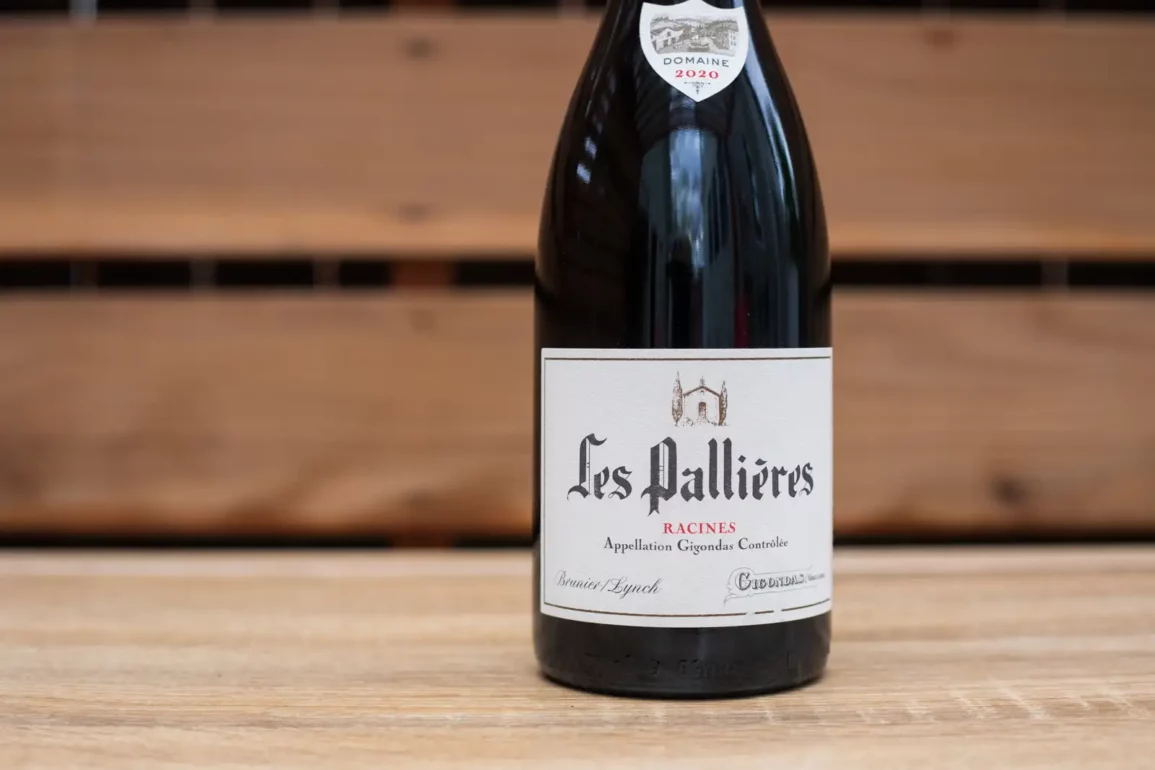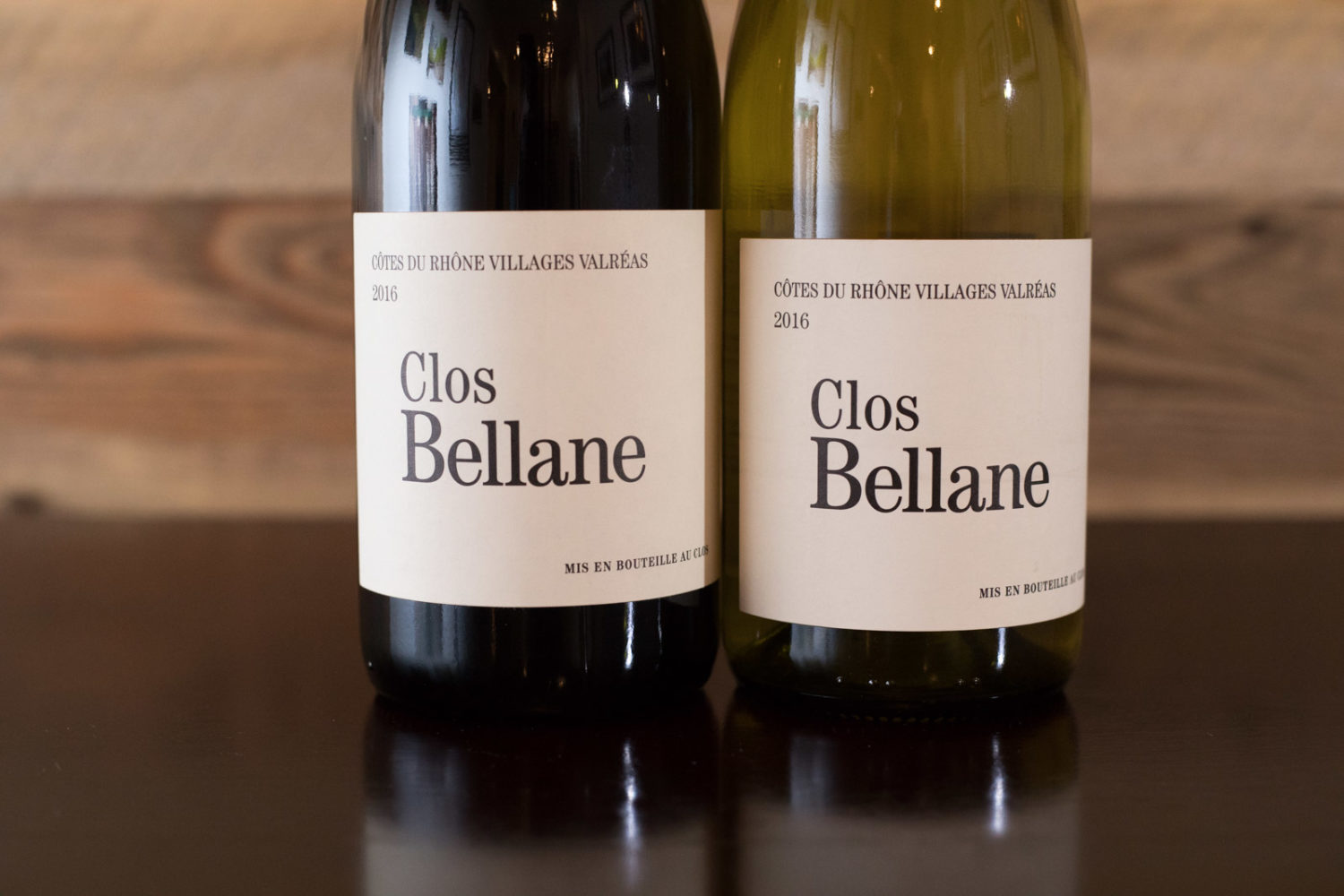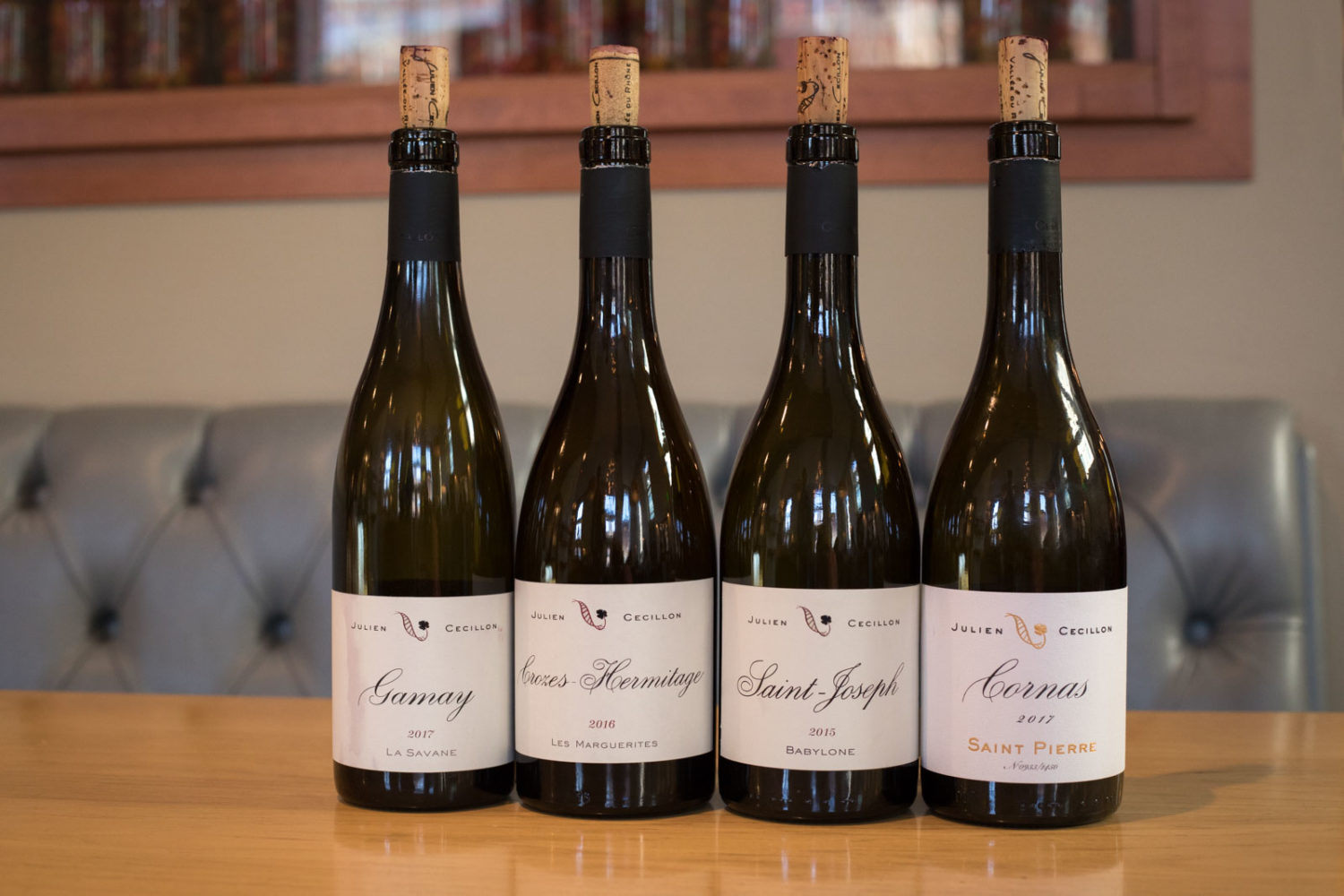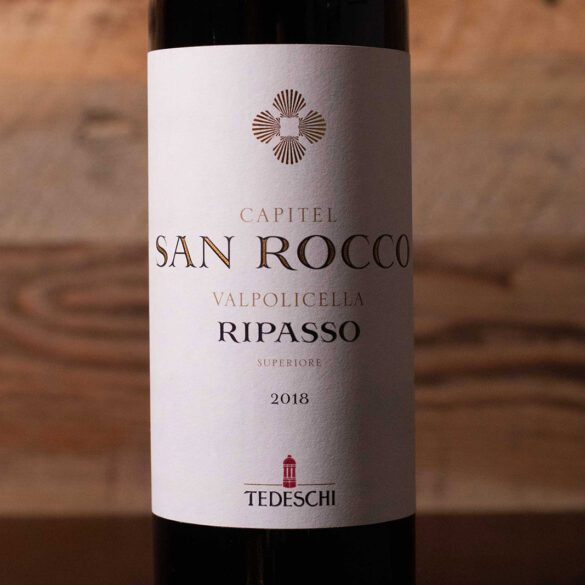Les Pallières

Why Les Pallières is Essential
The vastness of the Southern Rhône and its limitless number of producers, villages, terroirs and permutations of the GSM blend can easily leave you overwhelmed. But in this single producer, everything that is lovely about the Southern Rhône comes together in pure simplicity. And there is very clear reason why: Les Pallière's vineyards are very different.
I haven't done the math exactly, but driving around the Southern Rhône, you get the impression that 99% of the vineyards here are wide open and exposed. The interplay of shadows early and late in the day? That doesn't play a role in terroir here. But turn left off the Route de Vaison-la-Romaine north of Gigondas — where a watercourse named Trignon empties from the mountains — and the mood changes immediately. The forest and hills encroach, and the air feels fresher and more saturated with life.
This is the domain of Les Pallières, an old estate that was fiercely coveted in 1998 when it went up for sale. Long known as a grand cru of sorts for Gigondas, the old vines beneath the mountains were ultimately sold to the Brunier family of Châteauneuf-du-Pape and their American importer Kermit Lynch.
With a few vintages under their belt, the Brunier-Lynch team ultimately decided to separate the property in two based on elevation, yielding two distinctly different Gigondas wines driven by opposing elements. Thanks to their biodiversity, their well-drained limestone-clay soil, and — perhaps most importantly — the role of shade in the early hours of the day, these vineyards offer the clearest look at the Southern Rhône's potential for greatness.
 Winemaker Daniel Brunier walks through the Racines vineyard at Les Pallières in Gigondas. Note the forest and enclosing mountains. ©Kevin Day/Opening a Bottle
Winemaker Daniel Brunier walks through the Racines vineyard at Les Pallières in Gigondas. Note the forest and enclosing mountains. ©Kevin Day/Opening a BottleGigondas, Southern Rhône
Grapes: Grenache and Syrah
Appellations/Cru: Gigondas AOC
American Importer: Kermit Lynch Wine Merchant
Originally listed: January 2024
 The sign to Les Pallières. ©Kevin Day/Opening a Bottle
The sign to Les Pallières. ©Kevin Day/Opening a Bottle The vines in the Racines and Terrasse du Diable vineyards can stay shaded well into the morning. This photo of Syrah vines in Racines was taken at 11am in late September. ©Kevin Day/Opening a Bottle
The vines in the Racines and Terrasse du Diable vineyards can stay shaded well into the morning. This photo of Syrah vines in Racines was taken at 11am in late September. ©Kevin Day/Opening a BottleWines to Seek Out
The Brunier family has multiple estates within the Southern Rhône, including Domaine La Roquète, Piedlong and, most notably, Vieux Télégraphe in Châteauneuf-du-Pape as well as and Mégaphone in Ventoux, and Le Pigeoulet in the Vaucluse.
If given the choice between a bottle of Vieux Télégraphe's "La Crau" or either of the Brunier family's red Gigondas wines, I'd go for the Gigondas, but just barely. There is something wildly original yet indicative of place with "Terrasse du Diable" and "Racines," and its immediately noticeable. You won't be waiting around years to find out (though I would still encourage aging these wines just to see where they go).
Les Pallières “Terrasse du Diable” Gigondas
The difference between Les Pallières' two red Gigondas wines is altitude. From 250 to 400 meters (roughly 825 feet to 1,300 feet) the fruit will go into "Terrasse du Diable." Under that mark, it goes into "Racines." Walking through these vineyards — which caresses the undulating lower folds of the Dentelles de Montmirail — those lines are a bit blurred, but it essentially means that the hillside vines closest to the forest go into this cuvée, while those surrounding the winery (pictured above) go into Racines.
Incredibly, this difference does not seem to yield a cooler-climate style as one might expect. "Terrasse du Diable" is a little broader in stature, a little spicier on the palate and more earthy on the nose. The real difference — as it relates to altitude — is felt in the tannins, which are finer grained and sleeker here. Daniel Brunier told me that in 2007, it was this difference that prompted them to separate the two vineyards as such.
Les Pallières “Racines” Gigondas
This wine was included in the Top 12 Wines of 2023. When I first tasted it in May of that year, it was so evocative that I resolved to visit the vineyard later that year when I was scheduled to be nearby (and by "nearby," I mean our booked hotel was an hour and 15 minutes away. "How about a day in Gigondas?" I proposed to my wife).
That visit served to further illuminate the natural beauty of this wine's origin. "Racines" does not have the altitude or proximity to forest quite like the vines used in "Terrasse du Diable," but they seem to be more regularly open to air currents, which yields a fresher, more mineral take on the wine. Of the two, "Racines" is also more seductively fruity and citric, which builds and carries through to the wine's wonderful finish.
Les Pallières Gigondas Blanc de Noir
This pale-colored wine is a Grenache-focused blanc de noir that is surprisingly fleshy and earthy for the style. Bursting as well with aromas of strawberry and orange peel, it shares the tremendous persistence found in the red wines.












